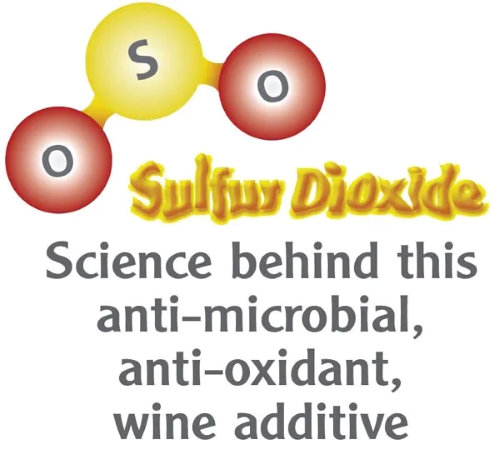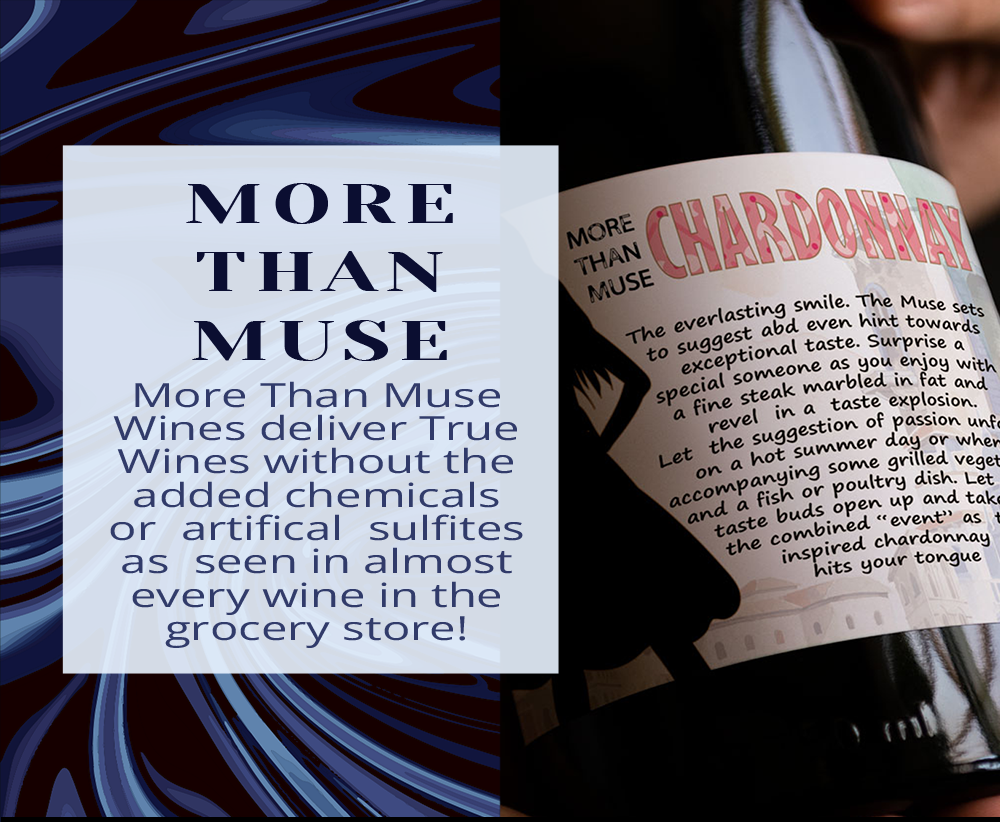Sulfites in Wine: Friend or Foe? Are these controversial additives affecting your health or your taste buds? Let’s dive in and find out more Truth About Wine Additives and Preservatives.
Ever wondered what’s in your glass of wine? For many wine lovers, sulfites are a mystery. You’ve seen them on the label, but what are they, really? And are they worth worrying about?
The answer depends on where your wine comes from. If it’s a mass-market bottle, it likely has sulfites for long shelf life. A small vineyard bottle, on the other hand, might focus more on the grape’s natural flavor with fewer additives. Let’s break down the sulfite story, weigh the risks and benefits. I will also help you find a bottle you can enjoy without the next-day headache.
Why Are Sulfites Added to Wine?
Sulfites, or sulfur dioxide (SO₂), are a natural byproduct of fermentation. So, every bottle of wine contains a small amount. But most winemakers; especially big producers, add a bit more to make sure each bottle stays fresh. Here’s why:
- Preservation Powerhouse: Sulfites are antioxidants, which prevent oxygen from changing a wine’s flavor and spoiling it. Big wine brands especially rely on sulfites to maintain consistency. They use higher sulfite levels to ensure wines taste the same, no matter where they’re shipped or stored. Ever wonder why a California Chardonnay tastes the same from coast to coast? You can thank (or blame) sulfites.
- Battling Bacteria and Rogue Yeasts: The winemaking process can be tricky. Wild yeasts and bacteria can threaten the stability of a wine’s flavor. Sulfites wipe these out, giving big producers more control over flavor. That said, small-batch winemakers are more likely to let nature take its course. This approach may lead to less consistency across batches but often results in more personality in each bottle.
The amount of sulfites added varies by type and producer. However, their primary role is to extend wine’s longevity and ensure it tastes just as intended when it reaches your glass.
Big Wine Brands: Why They Lean on Sulfites
Mass-market brands operate on an entirely different scale than small vineyards. They often focus less on crafting a unique, memorable experience. Instead, they prioritize consistency, longevity, and reliability in every bottle they produce. Here’s why large-scale wineries often go heavy on the sulfites:
- Consistency at All Costs: Big brands are all about predictable, uniform flavors across their wines. Sulfites help them achieve this by wiping out any microorganisms that could add “surprises” to the taste. This often means you’re getting a flavor that’s familiar, but perhaps a bit flat; especially compared to small-batch wines. Think of it as the difference between a homemade meal and a microwaved one.
- Long Shelf Life, Big Profits: Wines from big producers can sit on store shelves for months. In some cases, they may even remain there for years before someone buys them. Sulfites preserve them, keeping wines tasting fresh for longer but often at the cost of a wine’s natural character. These wines might be loaded up to the legal maximum of sulfites; 350 parts per million (ppm) in the U.S. As a result, this could lead to more headaches for sulfite-sensitive drinkers.
- Other Hidden Additives: Big brands aren’t just adding sulfites. Many producers also use stabilizers and preservatives to ensure the wine’s longevity and appearance. Unfortunately, none of these additives need to be listed on the labels. These extra ingredients don’t exactly scream “natural” and might not sit well with those sensitive to additives.
Health Risks of Sulfites in Wine
Now, let’s get personal. If you’ve ever had the classic “wine headache,” noticed a flushed face, or experienced a stuffy nose after a glass of wine, sulfites could be the culprit. Especially if the wine comes from a big-name brand. If you are sugar-sensitive you might like to read about the Hidden Sugars and Sweeteners in Wine, too. Here’s what to look out for concerning sulfites:
- Allergic Reactions: Sulfites can trigger allergic reactions in certain people, with symptoms like hives, itching, and even trouble breathing. Asthmatics in particular should watch out, as sulfites can worsen respiratory symptoms.
- Wine Headaches and Flushing: The infamous “wine headache” might not come solely from sulfites. Histamines and tannins also contribute to the problem. However, wines with higher sulfite levels seem to worsen these symptoms. Big brands, which push the sulfite limit for stability, are more likely to leave you feeling rougher the next day.
- Limited Disclosure: Ever noticed the generic “contains sulfites” label? It doesn’t tell you the full story. Sulfite levels can range widely, from 10 to over 200 ppm, but most wine labels don’t give exact figures. This leaves you guessing, especially with mass-produced bottles. They may contain the highest allowable levels of sulfites to keep the wines stable in warehouses and stores.
Small Vineyards and Low-Sulfite Wine Options
If you’re looking for a wine with minimal sulfites, small-batch producers are often your best bet. Unlike big brands, smaller vineyards don’t mass-produce wine for long shelf life. Instead, they create wine to express the unique flavors of their grapes and soils, known as “terroir1“. Here’s how they keep sulfite levels low and let their wines shine:
- Low-Intervention Winemaking: Many small vineyards embrace “minimal intervention” winemaking, meaning they skip the preservatives as much as possible. This means minimal or no added sulfites, and a natural fermentation process that doesn’t interfere with the wine’s true flavor. Think of it like getting to taste the land the grapes were grown on, uninterrupted by chemicals.
- Biodynamic and Organic Options: Organic wines typically have no added sulfites due to regulations. Biodynamic wines usually keep sulfite levels very low. These wines allow you to enjoy a taste that’s as pure as possible, capped at around 100 ppm or lower. This can lead to fewer side effects and a cleaner, fresher taste.
- Unique, Complex Flavors: Small producers don’t aim for uniformity across batches. Instead, they let the wine’s natural flavors shine through. The result? These wines are more nuanced and complex. They express the character of each vintage instead of a mass-produced taste that feels repetitive. You’ll likely feel better the next day, too. Because their sulfite levels are typically much lower than those of big-brand options.
1) Terroir in wine refers to the unique combination of environmental factors that influence a wine’s characteristics and flavor. These factors include soil, climate, and terrain. Essentially, terroir reflects how the growing location affects the wine’s taste and quality, making each wine distinct to its origin.
Finding Low-Sulfite Wines for Your Collection
Ready to cut down on sulfites? Here’s how to find wines that are kinder to your head and more true to the vine:
- Go Organic or Biodynamic: In the U.S., certified organic wines cannot have any added sulfites. However, they may contain naturally occurring sulfites. Biodynamic wines are also a great choice if you want a blend of minimal additives and eco-conscious practices.
- Look for “Natural” Wines: Many small producers specialize in “natural” wines, meaning no added sulfites and minimal intervention. These wines might look a bit different; for example, cloudy instead of crystal clear. However, they provide an honest taste, straight from the vineyard.
- Ask Questions: Small vineyards are often open to discussing their winemaking practices, especially if they focus on lower sulfite levels. A quick visit to the producer’s website or a simple phone call can provide information on sulfite levels. This helps you make the best choice for your health and taste preferences.
The Bottom Line: Sulfites in Wine – Friend or Foe?
So, are sulfites your friend or foe? For most people, they’re a harmless additive that keeps wine fresh and shelf-stable. If you’re sensitive to sulfites or want a wine that’s closer to nature, explore organic, biodynamic, or low-sulfite options. Like our boutique fine wines that you can have “delivered to your door” in the Food & Wine category. Skip the mass-market bottles. Instead, choose smaller, more authentic producers who allow their wine’s true character to shine through without extra additives.
Who knows; you might just find a new favorite that leaves you with a clear head and a happier palate. Now that’s a win(e)-win.
Want to stay updated? Join our FREE email list at Tami’s Terrific Treasures for insider tips on wines, and so much more. You’ll also get exclusive updates and first dibs on treasures you won’t want to miss!
Have questions about any of our offers? I’d love to help! Just click here to reach out anytime.




